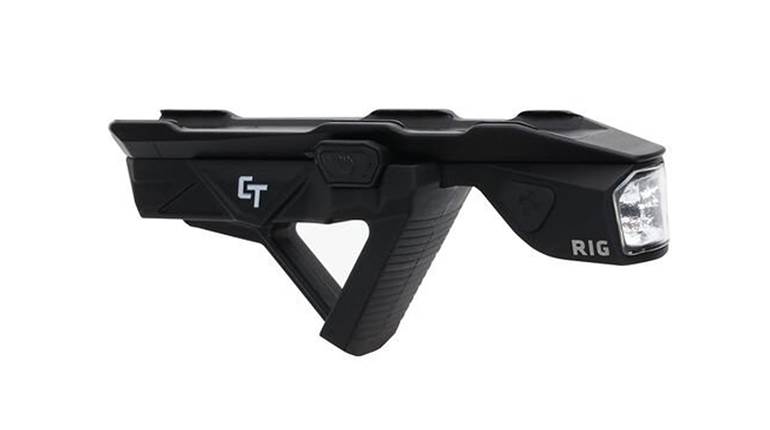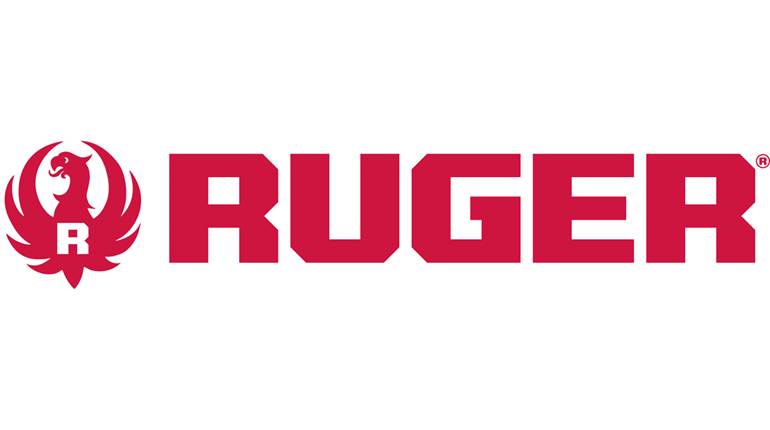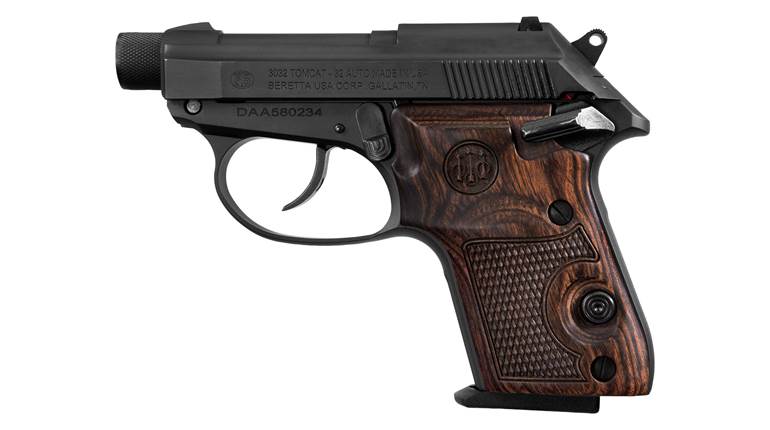
Evolution has fine-tuned the human eye to be most sensitive to light in the green frequencies, providing it a key advantage in the fight for firearm sighting-system domination. But, red is the stuff of legend and the tricky veteran has no intention of giving up its championship belt.
Moviegoers caught their first glimpse of a firearm with a laser aiming device in 1984. The big and bulky tube—which transmitted an ominous red dot downrange—was as lengthy as the .45 ACP chambered AMT Hardballer Longslide wielded by “Terminator” in the sci-fi classic, and sucked power faster than vampires did blood on nearby drive-in screens.
The chief engineer on that project was working for a company at the time that ultimately morphed into SureFire, and, as legend has it, his handsome fee for this cutting-edge work was a T-shirt, baseball cap and poster. Technology caught up to the demand, though, and it wasn’t long until energy-efficient, small-battery powered red lasers were riding guns carried by law enforcement and civilians.
Recently, a more visible green underdog entered the ring and delivered some serious blows. Crimson Trace’s John Hoppes said that last year 20 percent of the company’s sales were green versions, but that figure has grown to roughly 30 percent this year.
SureFire didn’t provide the numbers, but “…on the marketing/social media side, there has been a definite shift towards a preference to green,” according to company Public Relations Manager Andrew Wright.
Red’s suddenly fighting back, though, according to Crimson Trace Media Relations Manager Mike Faw. “They cost less, cover more firearms in attachment and have longer battery life,” he said. Criminals know what that red dot means and, “New shooters are not as much swayed by green vs. red as they are fit and convenience,” he said. “That’s why the pre-equipped handguns such as the Smith & Wesson Bodyguard are so popular—because Smith & Wesson did the shopping and has the laser already installed.”
Consumer demand is so heavy that LaserLyte has yet to introduce a green version. “We sell every red laser we can make,” said LaserLyte Vice President/Owner Aaron Moore. He does, however, admit there’s a lot of interest in the different color and, “We are finalizing our Master Module green system, but technology is getting cheaper and better so fast we keep changing the design and pushing back introduction.”
Reduced battery life is a critical concern in military applications, although Faw reminded me during a factory tour last week it’s not a huge problem for civilians—most Crimson Trace products are covered by its Batteries for Life program. The side-by-side comparison on the range during my trip made the difference between the two colors obvious. The photo above is un-retouched, and despite the green dot coming from an unseen shooter’s lane at the left, much more visible on the target than the red one emitted from the closest shooter’s revolver.
That might lead you to believe red’s days are numbered. You’d be wrong, according to Faw. With around 250 company offerings, and around 220 of them in crimson, “Red products fit a bigger spectrum of firearms,” he said.




































